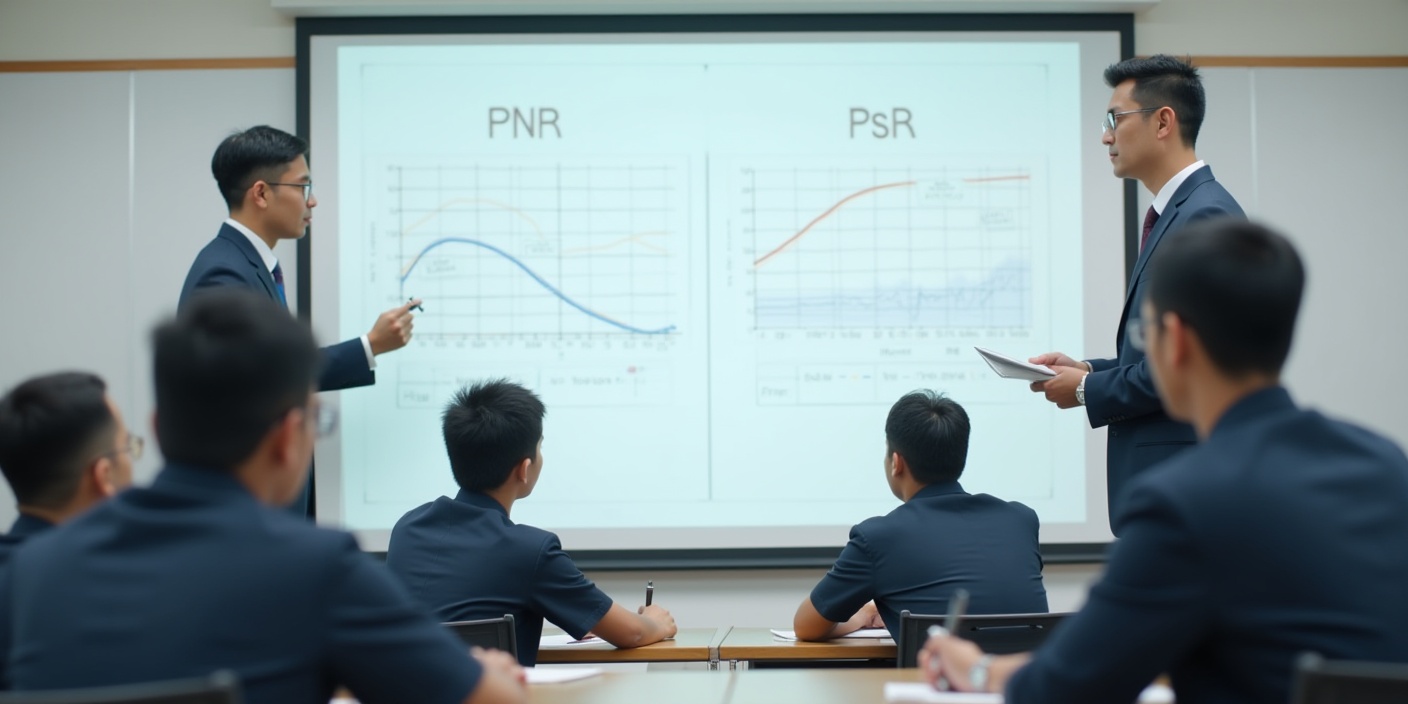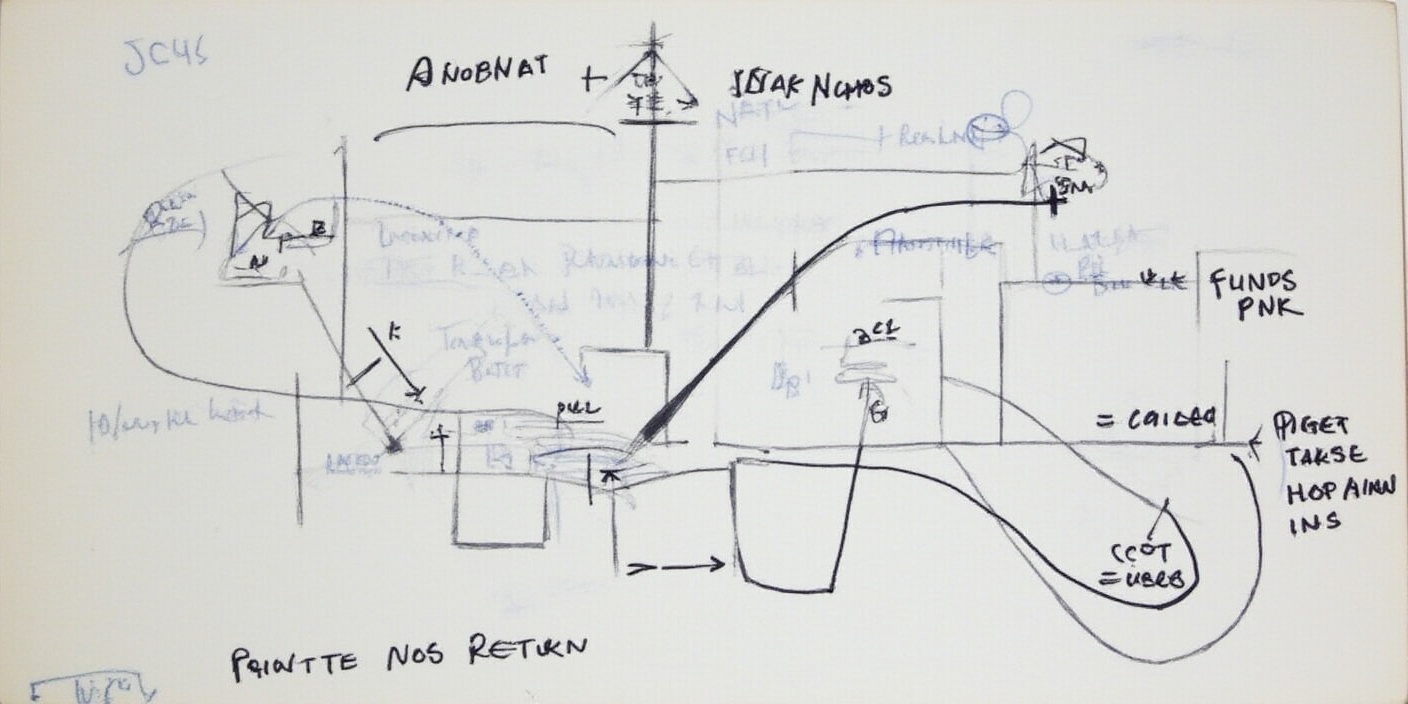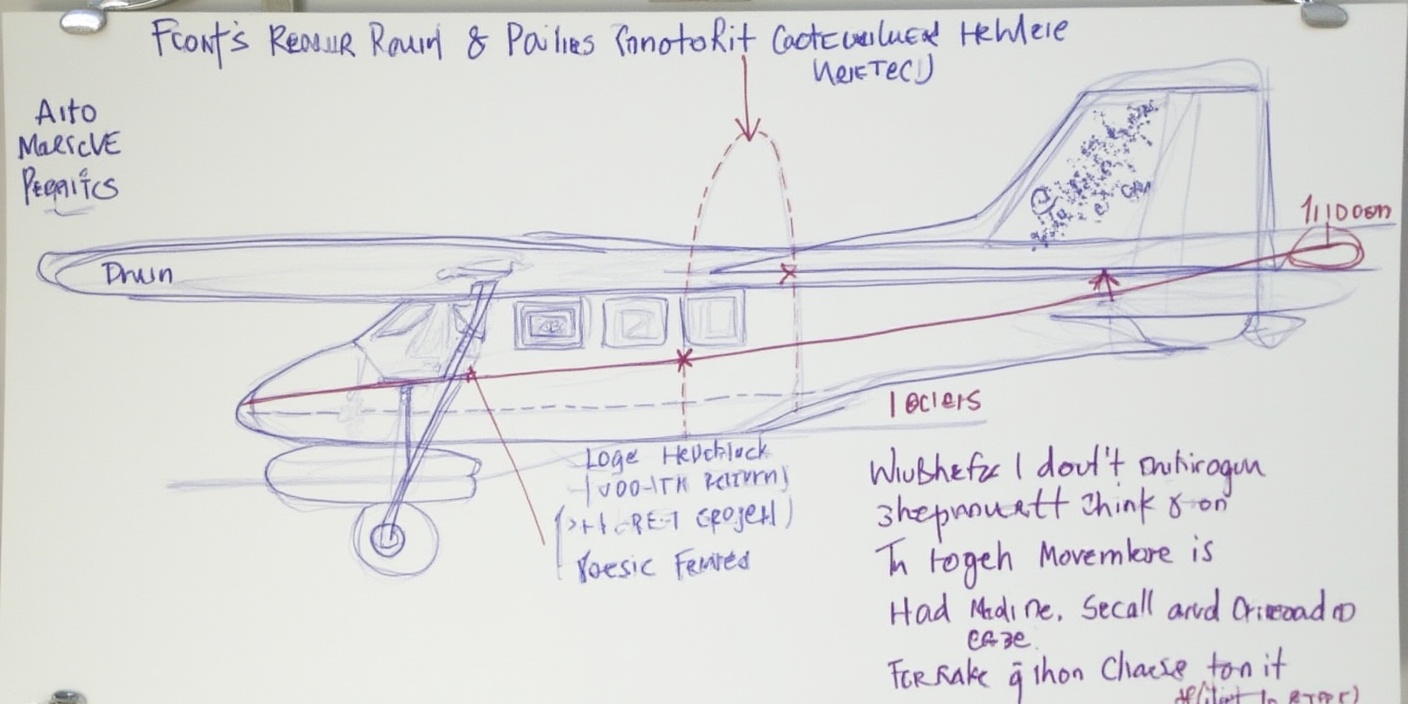From Office to Cockpit: How Indian Working Professionals Are Becoming Commercial Pilots?
The Indian aviation industry continues to grow from strength to strength. Traditionally, many young people dreamed of becoming pilots

Flying an aircraft is not just a matter of operating a machine, but a well-thought-out plan. While modern flights are extremely advanced, the challenges have also become complex. In such a situation, it is not just necessary for pilots to understand concepts like PNR (Point of No Return) and PSR (Point of Safe Return). Still, it is also the basis of their decision-making ability. In this blog, we will learn what PNR and PSR are, how they are calculated, what circumstances affect them, and how they are used in modern aviation.

PNR is the point when the aircraft has fuel left only for the onward journey and there is inadequate fuel available in case of return. That is, if the aircraft crosses the PNR point, then it cannot return now, since there is no fuel left to return. This concept is important for long-haul flights or routes where there are no other airports accessible along the route.
The PNR is calculated in the flight plan of the aircraft, considering several factors, such as ground speed, headwind or tailwind, fuel burn rate, available fuel, reserve fuel, etc. All of these determine what changes will make the trip possible. A pilot must set these figures in his Flight Management System or Electronic Flight Bag before the flight to ensure he does not exceed the PNR.

PSR is the point where the aircraft can still return to its departure destination or another safe airport. It considers the total available fuel, flight distance and wind direction. But the difference is that PNR only governs whether ‘return is possible’, while PSR indicates ‘return can still be made safely’. This condition is useful when quick decisions have to be made in bad weather or technical failure.
If the aircraft is at this point in the PSR calculation, the pilot can change course, even fly to an alternate airport. This regulates whether a “safe return” is still possible.

The precision in calculating both points is important, as it helps the pilot to plan. The key parameters used in the calculation of PNR and PSR are: total available fuel, flight speed, fuel consumption, wind speed and direction and risk factors, for example, Contingency Fuel or Alternate Fuel.
PNR Distance = (Endurance × Ground Speed Out × Ground Speed Back) / (Ground Speed Out + Ground Speed Back)
Where Endurance is the time the aircraft can save fuel, including the ground speed for the flight and return, PSR is calculated on the same theoretical basis. Still, it specifies whether the fuel required is sufficient for a safe return.

Several factors can change PNR and PSR. The most significant of these is whether there is a headwind instead of a tailwind; ground speed will decrease and fuel consumption will surge, bringing PNR/PSR closer. Weight also has a direct effect; if the aircraft flies with a heavy load, fuel consumption will be higher and PNR/PSR will be exceeded sooner. Moreover, the obtainability of alternate airports, ATC instructions and en-route changes can also affect PNR/PSR. Modern FMS updates all of these in real time.

Earlier, pilots had to recalculate PNR/PSR using paper maps, rulers, clocks and calculations, which was time-consuming and error-prone. Although digital platforms like FMS and EFB now automatically analyze wind direction, aircraft speed, altitude, weight and fuel level as soon as the flight starts, they recognize PNR and PSR points and offer instantaneous warnings to the pilot.
If there is any subsequent activity, for example, a route modification, technical fault or change in weather in ETOPS (Extended Range Twin-Engine Operational Performance Standards), the system recalculates and suggests an alternate airport.

If an aircraft is mid-flight, a warning is issued in case of a serious technical problem. At such times, the pilot's first concern is whether he is within the PSR. If yes, it might be possible to return immediately or choose an alternate airport. If he has crossed the PNR, return is not possible, and he will have to proceed towards the destination or an alternate airport. The fuel available on board, existing weather conditions, distance of alternate airports, etc., all decide where and how to make an emergency landing.
Furthermore, the pilot can communicate with ATC during E/CT (engine or systems caution) and reroute according to IFR/VFR rules. The pilots have a clear strategy for the flight. The understanding of PSR and PNR enables their strategy and lifesaving actions.

The PNR and PSR are taught in the aviation industry at the start of pilot training. This involves various missions in the classroom, along with in-simulator exercises, where the pilot must regulate the PNR/PSR point and plan the flight based on conditions, for example, Wind, Grip/Icing conditions, Technical Failure, or Alternate Weather. Moreover, elements of Crew Resource Management are incorporated into the concept as part of simulator discussions and teaching real-life emergency scenarios.
Practicing these skills allows pilots to make quick decisions. If there is an error in the FMS or ATC instructions change, pilots can use this digital information to validate their understanding and practice planning and teamwork.

PNR and PSR become especially important when the route has severe weather, where alternate airports are very rare. For instance, on Atlantic or Pacific routes, if an aircraft encounters a technical problem, the identification of PNR/PSR at that time regulates whether it is possible to return or if the option is to proceed. Likewise, situations of Magnetic Variation or Communication blackouts might arise in polar routes, for which these concepts are used in preparation.
PNR and PSR are concepts of alertness, planning and risk management, which strengthen the competence of the pilot. While PNR regulates “where it is no longer possible to return”, PSR regulates “where it is possible to return safely”. These concepts are the lifeblood of aviation training. But when digital aids fail or unexpected circumstances arise, the pilots, with a proper understanding of PNR/PSR, can save lives.
That’s why it’s important for every pilot not just to know about PNR and PSR, but also to incorporate them into their decision-making, understanding and strategy, because the success of a flight is not just dependent on technology but on its proper and safe use.
If you're looking for a good aviation training institute to become a pilot, there's no need to look beyond Flapone Aviation, as we're one of the best in India.
Connect with our aviation mentors to find the right path toward becoming a licensed aircraft pilot.